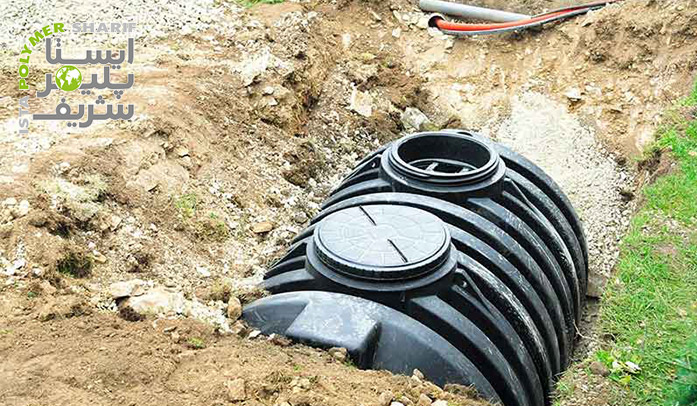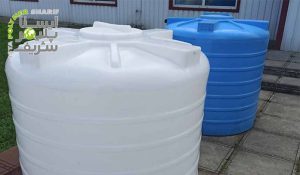Septic tanks have played a vital role for decades in providing an efficient solution for disposing of wastewater for thousands of properties without access to the main sewage system. The efficiency of a septic system depends on various factors, but one of the most crucial preventive measures for ensuring maximum efficiency is proper cleaning and disposal of the septic tank. Otherwise, you risk encountering issues related to septic tank overflow. In this review, we discuss the importance and method of septic tank disposal.
Why is Septic Tank Disposal Necessary?
All septic tanks have an outlet, a pipe that exits the tank and typically leads to a leach field. The leach field is a network of perforated or slotted pipes that allow wastewater from your septic tank to safely percolate into the ground without causing contamination. Your septic tank does not naturally treat waste; instead, it separates waste into three different layers. Only wastewater exits your septic tank and heads toward the leach field, while other solid materials remain in the tank.
Inside the septic tank, solid materials settle at the tank’s bottom, while floating materials like oils, fats, and other substances rise to the top of the liquids. The sludge formed at the tank’s bottom undergoes a process called anaerobic digestion. This process reduces both the volume of sludge and the need for septic tank disposal. While anaerobic digestion reduces the amount of sludge in a septic tank, it’s still important to properly schedule tank disposal to prevent the passage of remaining sludge from the tank.
What Happens If You Don’t Empty Your Septic Tank Regularly?
Failing to empty your septic tank regularly can lead to various problems. For example, toilet flushing may take longer, gurgling sounds may occur in sewer pipes, and even sludge may enter your home! It could also mean that some of the waste from your septic tank exits and heads to the leach field, clogging it and forcing waste to accumulate on the ground surface. Not emptying the septic tank not only spells trouble for you but also for the environment, as waste can contaminate local water sources.
When Should You Empty Your Septic Tank?
A general rule is to empty your septic tank once a year. The timing of disposal may vary depending on the number of occupants in the home and the amount of waste inside the tank. It also depends on whether your septic tank size is adequate for your daily needs! For example, if your property size increases over time, your septic tank may not have grown in capacity to deal with the extra waste. Therefore, a larger tank may require less frequent disposal, while a smaller one may need more frequent disposal throughout the year. In general, once a year is a good starting point.
How Do You Dispose of a Septic Tank?
Even if your septic tank system is healthy, with the microbial system working as it should and digesting septage (all the layers collected in the septic tank), over time the tank will accumulate sediment and sludge. This is why regular pumping for septic tank disposal is crucial. It’s always best to pump your tank. To know when it’s time for these critical moments, you must remain vigilant to be able to act at the right time.
The most appropriate interval for checking the septic tank level is about a year. Routine inspections involve measuring the levels of sediment and sludge, checking the operation of mechanisms and pipes, and ensuring that the leach field effectively filters the effluent. A septic tank system of medium size should be pumped every one to three years. Pumping a septic tank typically involves fully cleaning the tank to remove all waste, sludge, and effluent.
Some individuals who don’t want to pump the tank regularly have turned to purchasing products claiming to break down sludge. However, the claims of most manufacturers of such products are often highly exaggerated. For example, additives do not do anything to enhance microbial reactions in your tank and, at worst, make it harder for the natural ecosystem present in the tank to break down waste. It is recommended that homeowners should only rely on pumping for septic tank disposal.
Final Words
Septic tank systems are designed in such a way that most wastewater from a property leads to a pipe that ends in a septic tank in the yard. This system combines wastewater from washing machines, dishwashers, showers, and toilets, all of which are discharged into the septic tank. Inside the tank, the mixture of solid and liquid waste begins to break down.
The heaviest substance known as sludge usually settles at the tank’s bottom, while proteins, oils, and fats known as scum float on an intermediate layer mainly made up of gray water. The combination of these layers is called septage. If you don’t empty the septic tank, septage will move from its topmost layer into your home. Therefore, septic tank disposal can be the most sensible course of action.






